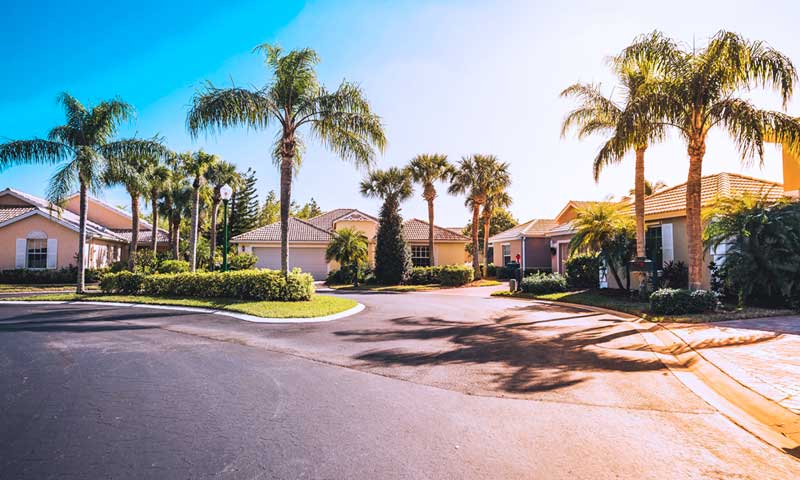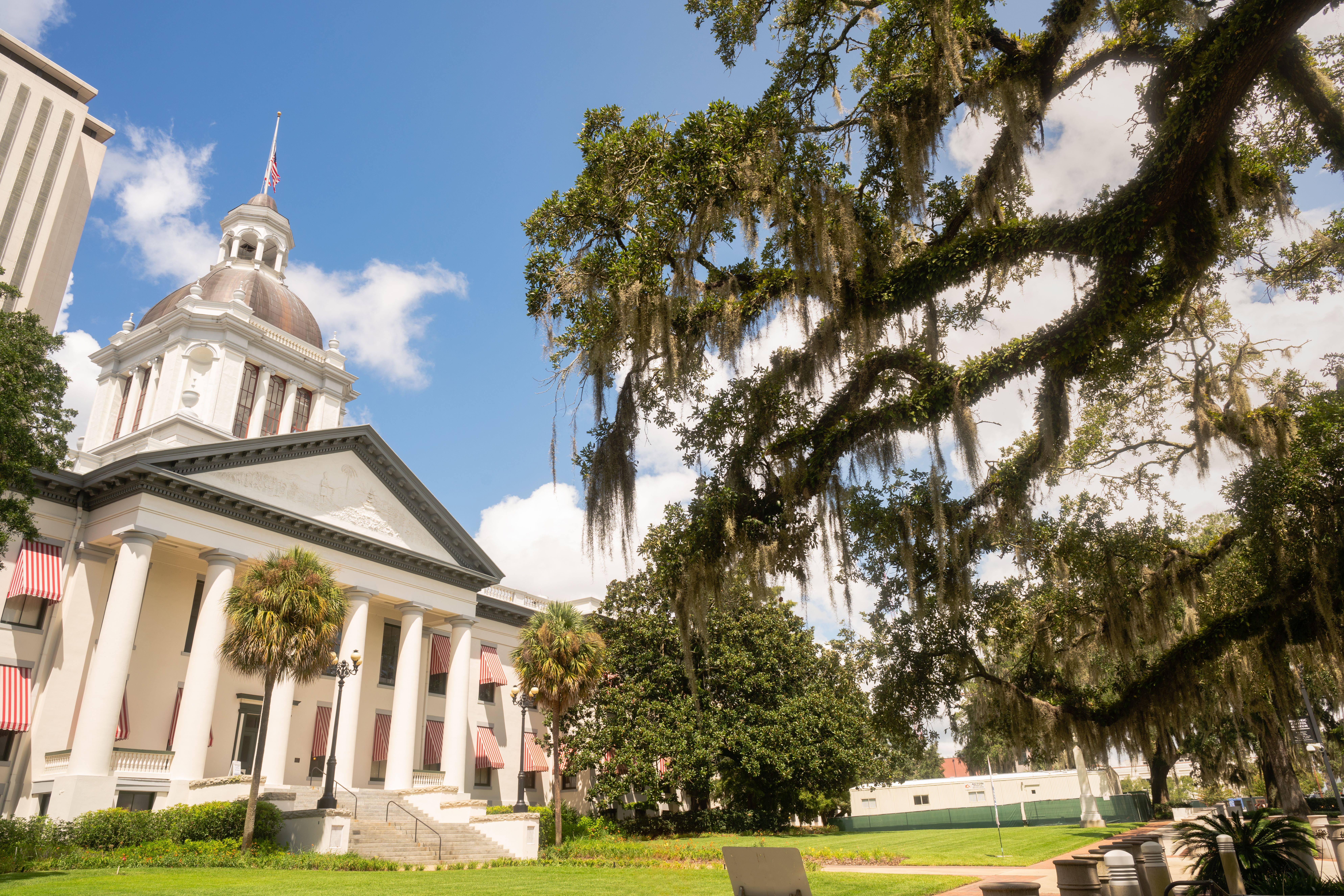BLOG
Five months after the tragic collapse of the Champlain Towers South condominium in Surfside, Fla., several major organizations have developed a number of high-rise condo safety reforms and recommendations. However, most Florida counties and municipalities appear to be holding off in expectation of statewide changes to legislation during the next legislative session that starts in January.
The Community Associations Institute, which is the largest organization representing the interests of associations in the world, has issued a report with a number of public policy recommendations aimed at providing solutions for legislators addressing high-rise building safety. In addition, seven of Florida’s top architecture and engineering trade groups created a task force that has recommended re-inspections after 30 years with follow-ups every 10 years, and The Florida Bar has also completed the report and recommendations from its Condominium Law Life Safety Task Force.
CAI’s public policy recommendations cover the areas of reserve studies and funding, building maintenance, and structural integrity. The organization believes its recommendations should be considered for adoption into state law to support the existing statutory framework for the development, governance, and management of community associations. It is planning to release model statutory language in support of its policy recommendations.
In addition, federal mortgage lender Fannie Mae has released new project requirements for condominiums and housing cooperatives that will begin Jan. 1 for loans secured by units in high-rise buildings containing five or more attached units. The requirements place a heavy focus on structural and financial stability, and reinforces the importance of meticulous documentation of all appraisals, meeting minutes, financial statements, engineering reports, inspection reports, and reserve studies.
So far, only the city of Boca Raton has joined Broward and Miami-Dade counties by deploying its own safety inspection program. It plans to begin requiring structural and electrical inspections in January 2021 for buildings that are at least 30 years old, while Broward and Miami-Dade’s standards are 40 years.
Other changes that have already taken place include increased safety inspections in Miami-Dade County that have led to forced evacuations of several buildings, including a 138-unit condo in Miami and a two-story condo in Bay Harbour, along with the closure of the top floors of the 28-story Miami-Dade County Courthouse for repairs. The county is currently collecting inspection information for 40-year-old buildings and plans on posting it on its property appraiser’s website to increase transparency for residents.
However, most counties and municipalities are taking a wait-and-see approach in anticipation of the initial findings of the federal investigation into the causes of the Surfside collapse and the proposals from the state’s lawmakers as they begin to prepare for the upcoming legislative session that starts in January.
While municipalities are awaiting statewide changes, community associations would be well advised to take a more proactive approach by reviewing their current and future reserve funding as well as the status of any structural and life-safety elements that may require attention. Reforms are sure to come, and the best tactic is to get ahead of them by working with highly qualified engineering, construction, insurance and legal professionals to avoid failed building inspections and the potential for forced evacuations and emergency repairs.
Our firm’s other South Florida community association attorneys and I write regularly about important matters for associations in this blog, and we encourage association directors, members and property managers to enter their email address in the subscription box on the right to automatically receive all our future articles.


